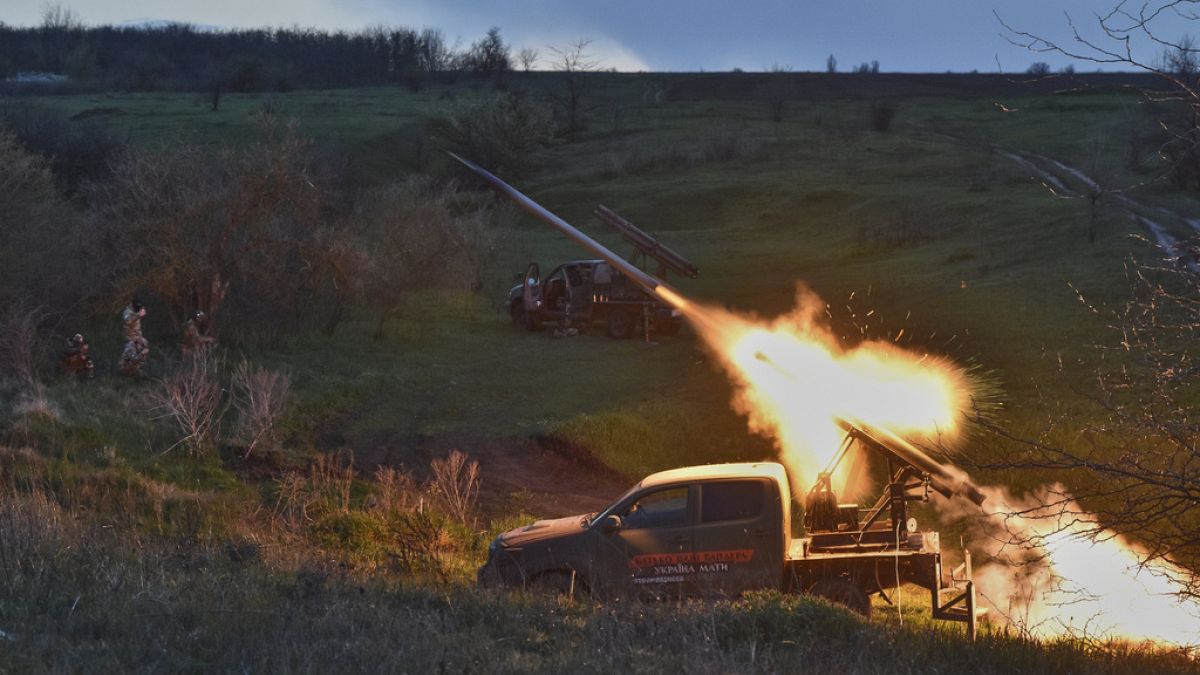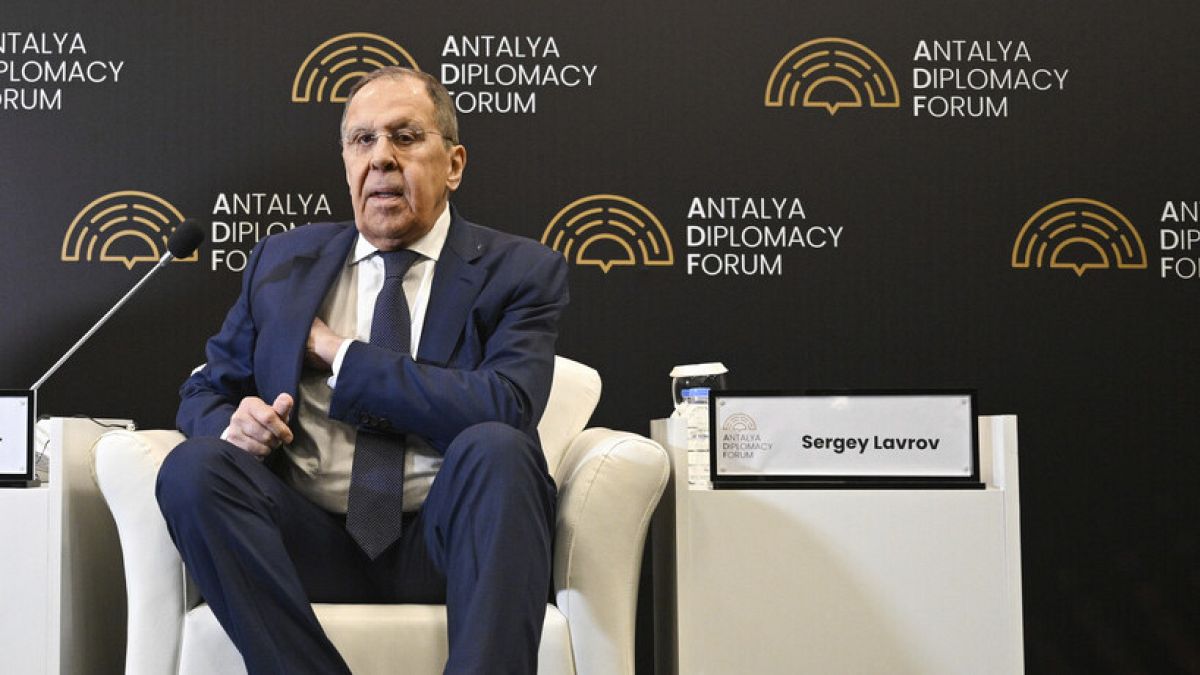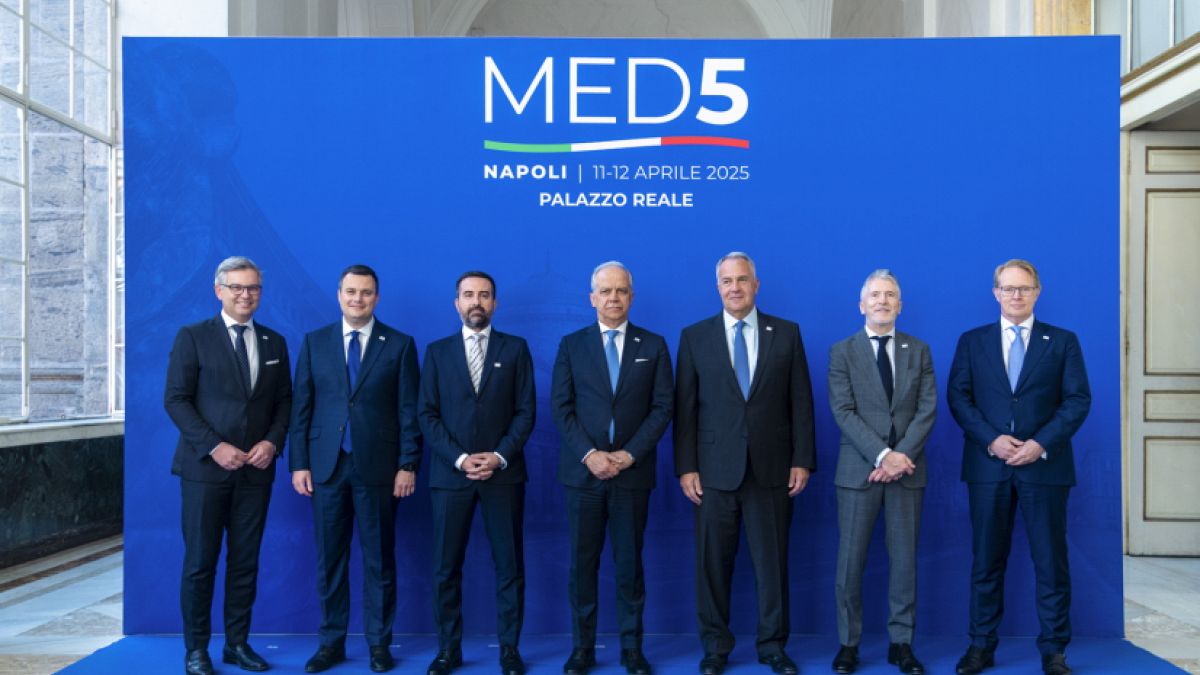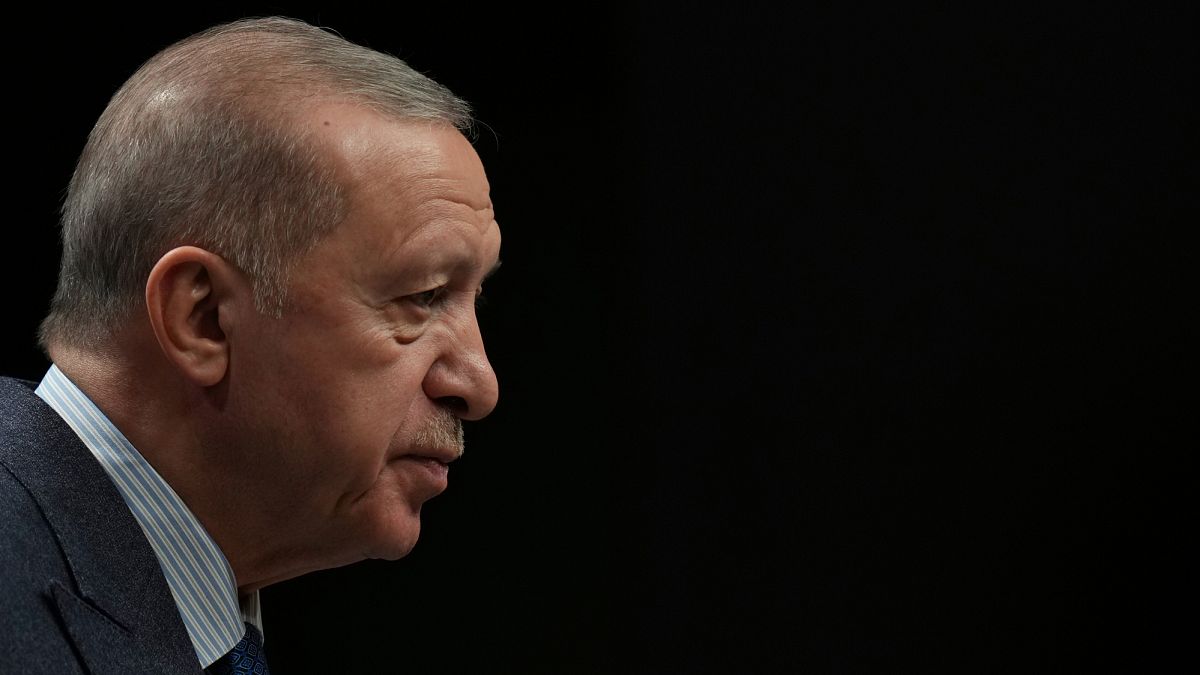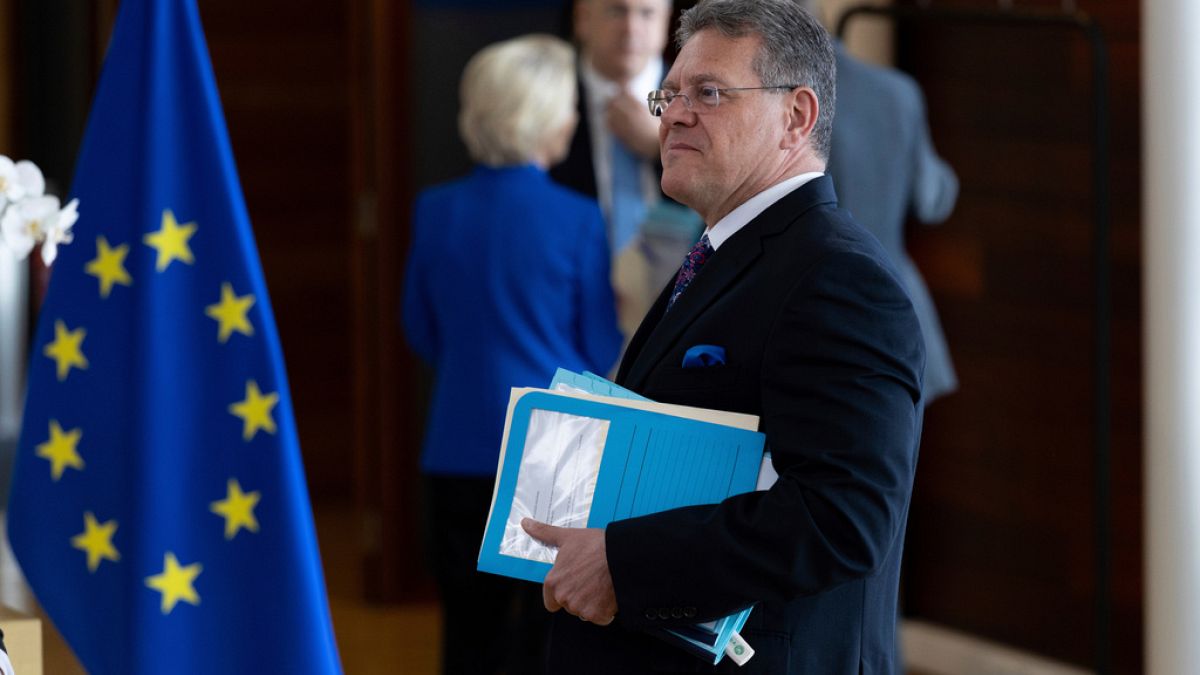NATO and the EU have released lists of raw materials that are critical for defence purposes and technological resilience.
The land, naval, aerospace and guided weapons sectors all need these critical raw materials, according to a study from the think tank International Institute for Strategic Studies (IISS).
A modern main battle tank uses raw materials in its sensors, weapons, armour, hull and communications.
Sensors are increasingly complex and rely on a range of critical materials.
For instance, the basic glass and mirrors utilise silicon and ceramics, while infrared and night-vision sights – which are key enablers in low-visibility environments – can contain mercury, cadmium telluride, germanium, copper and tantalum.
Copper and germanium are classified as strategic raw materials by the EU, which has a 17% and 42% reliance on imports for each, respectively.
China is the largest global producer of both materials, averaging 38% of global copper production and 83% of global germanium production between 2016 and 2020.
Modern warships also utilise a variety of critical materials in their composition, although the maritime domain uses fewer than the aerospace, land or guided weapons sectors.
Nonetheless, there is still a high requirement for many materials deemed to have a moderate supply-chain risk, such as aluminium, iron (and steel), and copper.
For example, aluminium is heavily used in shipbuilding, including for decks, elements of the superstructure and internal compartments.
The EU is 58% reliant on imports of aluminium, with China being its largest global producer.
Between 2016 and 2020, China accounted for an average of 56% of global aluminium production.
What are the possible policy responses?
To mitigate supply risks, the EU is making efforts to promote the domestic extraction, processing and recycling of these critical materials.
Besides the EU’s 2024 Critical Raw Materials Act, individual member states are developing their own national strategies.
France’s Military Programming Law for 2024–2030 allows the defence ministry to request, via decree, the creation of industrial stockpiles of materials, components and semi-finished products that may be needed by the armed forces.
The Spanish Defence Industrial Strategy 2023 also included references and recommendations to improve and strengthen both the supply chain and the provision of raw materials.
Similarly, Germany’s 2024 National Security and Defence Industry Strategy paves the way for the use of a national raw-materials fund to strengthen supply security in the security and defence sector and states that there should be improved monitoring of supply chains for critical raw materials required by the defence sector.
Other European countries, including Italy, Poland and the UK, are also developing strategies related to raw materials and the potential exploitation of national resources.
However, specific government documents focused on defence are not yet available.
Video editor • Mert Can Yilmaz




